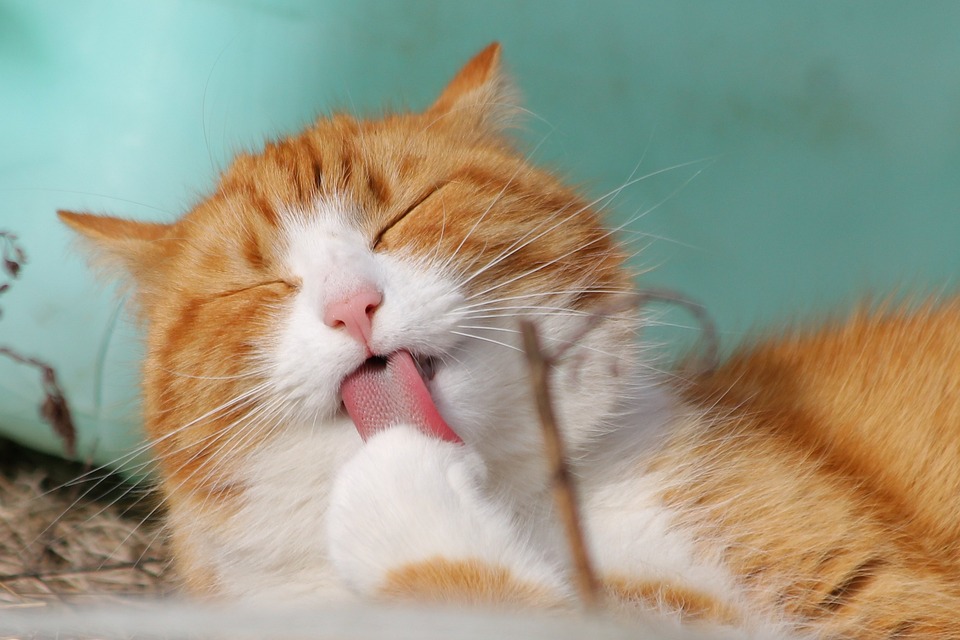Introduction:
Understanding cat behavior is essential for pet owners looking to provide a comfortable and enriching environment for their feline companions. One aspect of cat behavior that often intrigues owners is their nighttime activity. In this article, we delve into the science behind this behavior, exploring the benefits and risks that come with it. Read on to gain insights into your cat’s nocturnal habits and how to ensure their well-being during nighttime activities.
I. The Natural Instincts of Cats:
Cats are crepuscular animals, meaning they are most active during dawn and dusk. This behavior is rooted in their evolutionary history as nocturnal hunters. Their ancestors, wild cats, were adept at hunting during low-light conditions, and these instincts have been passed down through generations.
II. Benefits of Nighttime Activity:
1. Energy Release: Cats have a natural inclination towards play and exercise. Engaging in nighttime activities helps them burn off excess energy accumulated throughout the day, preventing boredom and potential behavioral issues.
2. Hunting Simulations: Nighttime play mimics hunting scenarios for cats. Engaging in activities like pouncing, stalking, and chasing toys allows them to satisfy their predatory instincts, contributing to their overall well-being.
3. Enhanced Mental Stimulation: Exploring their surroundings in the dark stimulates a cat’s senses, providing mental stimulation that keeps their minds sharp. This increased mental activity can help prevent cognitive decline in older cats.
III. Risks Associated with Nighttime Activity:
1. Disrupted Sleep Patterns: Cats’ nighttime activity can disrupt their owners’ sleep. Their natural inclination to explore, play, and vocalize during the night may result in disturbed sleep for humans. Understanding this behavior can help owners find ways to manage it effectively.
2. Increased Risk of Accidents: The darkness of the night poses risks for cats, especially when they have access to the outdoors. Traffic, predators, and other hazards can be more prevalent during nighttime, potentially endangering cats if they roam unsupervised.
3. Behavioral Issues: Cats that engage in excessive nighttime activity may develop behavioral problems due to a lack of proper sleep and rest. These issues can include aggression, attention-seeking behavior, and excessive vocalization.
FAQs (Frequently Asked Questions):
Q1. How can I manage my cat’s nighttime activity?
A1. Providing ample daytime enrichment, such as interactive toys, scratching posts, and playtime, can help tire out your cat before bedtime. Establishing a consistent routine and feeding schedule can also assist in regulating their activity levels.
Q2. Should I let my cat go outside at night?
A2. It is generally safer to keep cats indoors during the night to prevent potential accidents and encounters with nocturnal predators. If you have a secure outdoor enclosure or live in a safe area, supervised access to the outdoors can be an option.
Q3. My cat’s nighttime activity is disrupting my sleep. What can I do?
A3. Creating a comfortable and stimulating environment for your cat during the night can help redirect their energy. Provide toys, scratching posts, and interactive games to keep them occupied. Additionally, closing your bedroom door or using white noise machines may help minimize disruptions to your sleep.
Q4. Is excessive nighttime activity a sign of a health issue?
A4. While cats naturally tend to be more active during the night, a sudden increase in nighttime activity or other behavioral changes could indicate an underlying health problem. If you’re concerned, it’s best to consult with a veterinarian to rule out any medical issues.
Conclusion:
Understanding the science behind your cat’s nighttime activity is crucial for creating a harmonious living environment. By recognizing the benefits and risks associated with this behavior, you can provide appropriate outlets for your cat’s energy while ensuring their safety and your own restful sleep. Remember, a happy and stimulated cat is a healthy cat.








